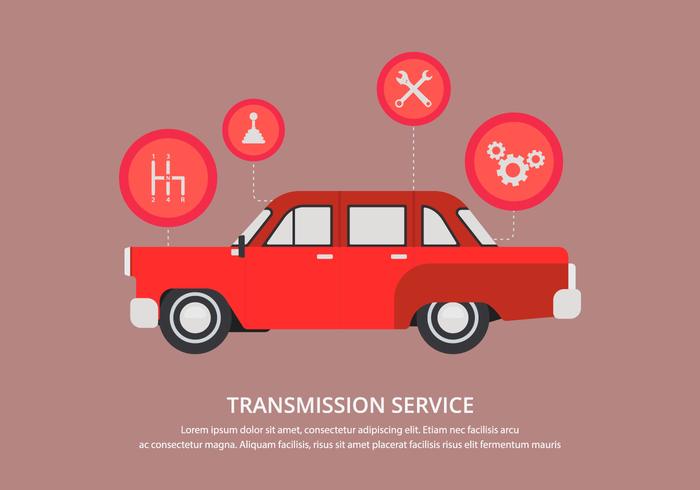Nevertheless, What Can Be Done Concerning Squishy Brake Pedals? Find The Solution Described Listed Below!
Nevertheless, What Can Be Done Concerning Squishy Brake Pedals? Find The Solution Described Listed Below!
Blog Article
Personnel Writer-McGrath Bjerring
When it involves your car's brake system, comprehending common problems can save you from possible safety dangers. From recognizing brake pad wear to addressing brake fluid leakages, recognizing exactly how to deal with these problems is crucial. However what regarding those mushy brake pedals? There's a fix for that too. Stay tuned to find out more regarding these problems and the practical solutions that can keep you safely on the road.
Brake Pad Put On and Replacement
When it comes to keeping your lorry's brake system, one essential element to keep an eye on is the wear and replacement of brake pads. https://troywrtsn.blogdosaga.com/31139220/this-post-reveals-reliable-methods-to-decrease-the-environmental-impact-and-advertise-sustainability-in-your-automobile-repair-shop-through-the-application-of-green-strategies are crucial components that press versus the brake rotors to slow down or stop your vehicle. Over time, these pads wear down as a result of friction, calling for regular examination and replacement to ensure your brakes work efficiently.
To determine if your brake pads require substitute, pay attention for shrilling or grinding sounds when you apply the brakes. Additionally, if your car takes longer to stop or you notice vibrations or pulsations when braking, it might be time to replace the brake pads.
Ignoring worn brake pads can cause decreased braking efficiency, damage to other brake components, and even brake failure.
Changing brake pads is a relatively simple process for numerous vehicles. Nonetheless, if you're not sure or uncomfortable executing this job, it's best to seek advice from an expert mechanic to ensure correct installation and optimum brake performance.
Consistently inspecting and replacing brake pads is vital for your safety and the longevity of your car's stopping system.
Brake Liquid Leaks and Upkeep
To ensure your automobile's brake system operates ideally, it is necessary to additionally take notice of brake fluid leaks and maintenance. auto repair software is crucial for transferring the force from your foot on the brake pedal to the real braking system. One usual issue with brake fluid is leaks, which can happen because of shabby brake lines, seals, or connections. If you discover a puddle or trickles under your vehicle, it's essential to resolve the leak immediately to prevent a prospective brake failing.
On a regular basis checking your brake liquid degree is essential to maintaining your brake system. Reduced brake liquid can bring about air going into the brake lines, which compromises braking efficiency.
Additionally, old or polluted brake liquid can influence the general effectiveness of your brakes. It's advised to comply with the supplier's standards on when to alter the brake liquid, usually every 2 years.
Spongy Brake Pedal: Bleeding Brakes
If you've ever before experienced a squishy brake pedal while driving, you comprehend the relevance of preserving a firm and receptive braking system. One usual source of a squishy brake pedal is air entraped in the brake lines. When air goes into the brake system, it can cause a loss of hydraulic stress, causing that upsetting mushy feeling when you push the brake pedal.
To settle this concern, bleeding the brakes is necessary. Bleeding the brakes includes removing the air from the brake lines to recover appropriate hydraulic stress.
To bleed the brakes, you'll need an assistant to help you. Beginning by finding the brake bleeder valve on each wheel, typically located near the brake caliper. With a wrench, loosen up the shutoff and have your helper press the brake pedal while you observe any type of air bubbles coming out. Repeat this process for every wheel, starting from the wheel farthest from the master cylinder and moving better.
Once you no longer see air bubbles and only clear fluid arises, tighten up the shutoff and top up the brake liquid tank as needed. Hemorrhaging the brakes helps ensure a firm brake pedal and enhances general braking performance.
Final thought
Now that you understand common brake problems and just how to fix them, you can guarantee your car's safety and efficiency. Remember to listen for warning signs like screeching noises or mushy brake pedals, and resolve them promptly. Normal maintenance and timely replacements are essential to maintaining your brakes in top problem. Remain proactive and mindful to your brake system to delight in risk-free and dependable driving experiences.
